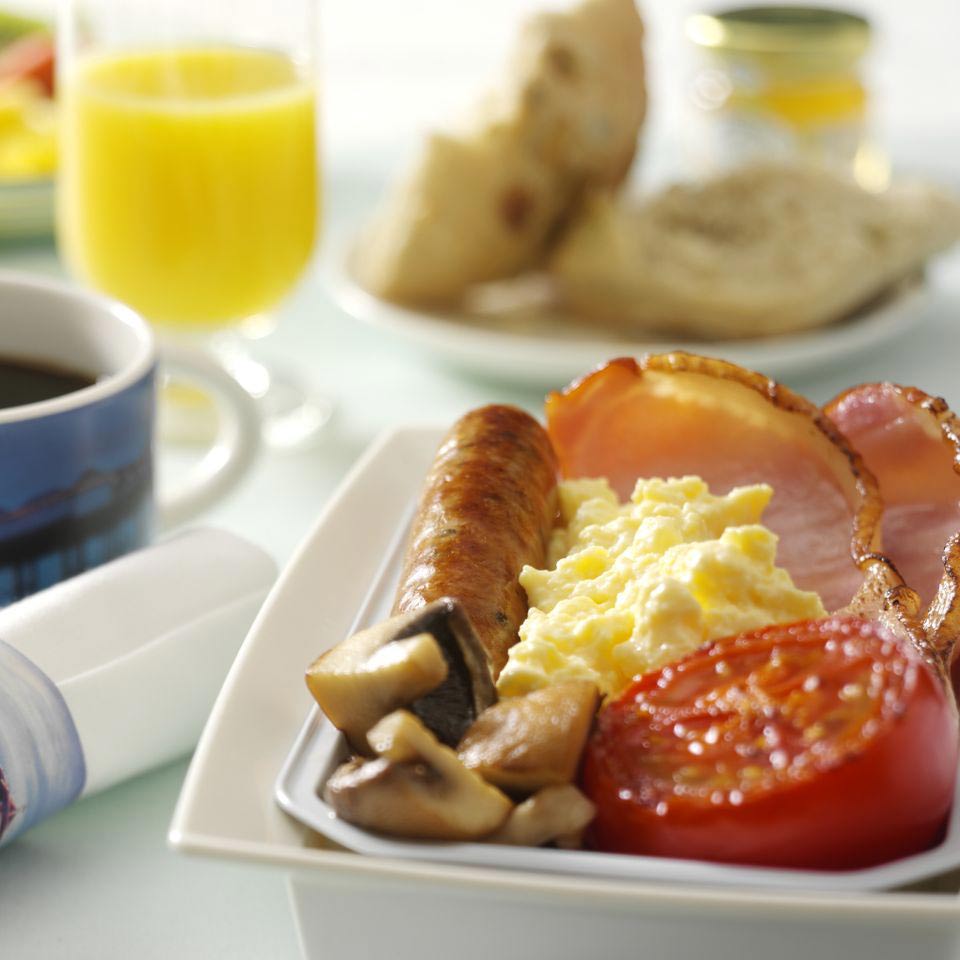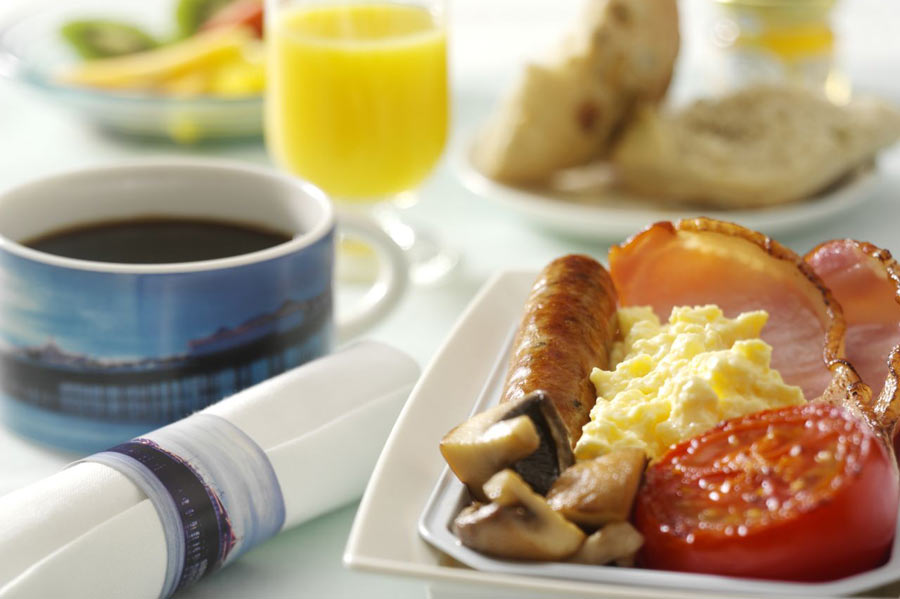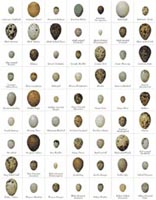Eggs on a Plane
Mastering a good egg on the ground or in the air

On the ground or in the air, properly cooked eggs present a challenge to be mastered. Helen Davey worked for many years as a Pan Am stewardess, and her account of a harrowing experience making fresh scrambled eggs for an entire plane yielded impressive yet hilarious results. The good news: the passengers claimed it was the best breakfast on a plane they had ever eaten. The bad news: while Davey was able to crack and cook 350 eggs, she later left the plane covered in the ones that splattered during the intense turbulence that hit while she was in the middle of her seemingly insurmountable task. Davey arrived home to find more of the spilt egg had even made its way into her bra.

In professional kitchens of the on-land variety, chefs have turned cooking eggs into precision maneuvers. Heston Blumenthal’s method for perfect poaching involves a fresh from the farm egg, a ceramic dinner plate in a pan of precisely heated water, a slotted spoon, and some careful finesse. Many 63° and 64° eggs cooked in sous vide water ovens have made their way onto the menus of everyone from Michael Voltaggio (63°) to Ludo Lefebvre (64°). Precision is key. In the world of Modernist Cuisine, Nathan Myhrvol’s egg techniques includes a Modernist Tea Egg with a liquid center and marbling created from beet juice. He also developed a new process for laser etching images onto an omelette (in the video the printing process reveals Jimmy Kimmel’s face).
With all of these precise preparation recommendations, how can a flight crew even attempt serve a properly cooked egg to a large number of people on a long haul flight?
Understanding the anatomy of an egg reveals some helpful hints. The Exploratorium in San Francisco encourages playful investigation of science, art, and human perception. Their Science of Cooking project explores how egg proteins change when they are beaten and mixed with other ingredients. Eggs that are mixed to be scrambled or prepared as an omelette have added cooking challenges, because the eggs have now “formed a network of interconnected proteins”. When eggs are cooked at high temperatures for too long, the whites can becomes rubbery. For eggs that are being served on a plane, the added the challenge of tight quarters in an airline kitchen and high altitudes, the goal of serving fluffy eggs becomes a near impossible task.
Only first-class cabins are equipped with enough kitchen space to store chilled eggs and crack them fresh for breakfast. For the rest of the plane, most egg dishes must be pre-made in catering units with special techniques to ensure the eggs remain creamy, like folding in bechamel sauce to the basic recipe once it’s been chilled. For a fresher alternative, some airline kitchens prepare fresh pasteurized liquid egg into cardboard cartons that are kept in chilled stwage in the first class galley. Despite careful methods of preparation, cooking scrambled eggs at 30,000 feet still poses a challenge, and cabin crew members are therefore trained to make fresh scrambled eggs under limited, unpredictable conditions. One technique involves a bain marie, created by putting two smaller foil containers into large foil tray filled with water. Fresh pasteurized mixed eggs and cream are poured into the smaller trays, carefully loaded into the oven, and mixed every three minutes, then hit with a dash of cream at the end, proving that creamy scrambled eggs with a fluffy consistency can be made even in the tiny galley of a plane.













